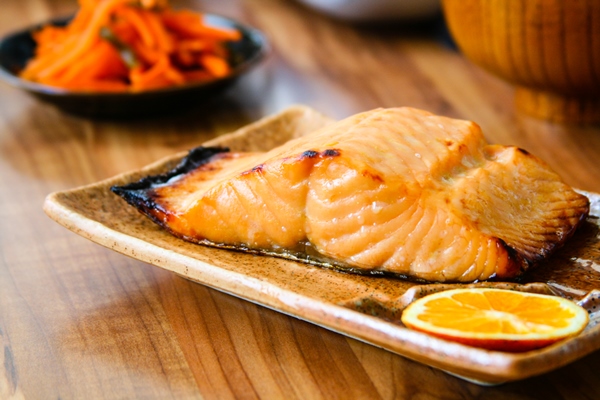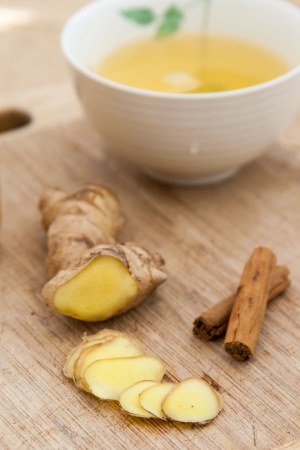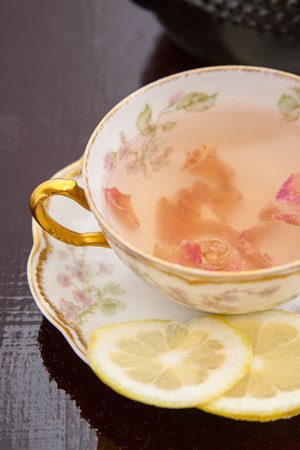My grandmother Valentina’s approach to food is simple–if it doesn’t taste good, it can’t be good for you. She doesn’t have patience for the self-induced sufferings of health food devotees, and she remains suspicious of green juices, raw beet salads and salt-free cabbage soups. I once loved to experiment with all of the above. To my credit I even convinced a friend to try a raw food diet for a week. Such an idea in the Soviet Union during winter wasn’t for the fainthearted. Our food supply was ideal for Park Slope locavores–seasonal. It meant that once we got fed up with last year’s apples and carrots, we moved onto raw potatoes. There is a reason–and I suspect, evolutionary sense–why humanity has chosen to give potatoes some form of thermal treatment.

After that infelicitous experience, I’ve remained immune to most food fads, preferring instead to follow Valentina’s logic. Above all, it must taste good. Although Valentina doesn’t care for raw lettuce, she has a repertoire of vegetable salads, many of which she makes during the summer and preserves for the winter. Her pantry shelves are lined with jars of pink cabbage, eggplant slices in a spicy sauce, pickled zucchini or honey marinated peppers. Since Belgian markets have peppers all year round, the latter is an effortless dish to put together, summer or winter. I skip the canning part.
Continue reading →



















Joi in Giorgio Armani Mania : Long Lost Favorite Perfume: Yes!! January 25, 2024 at 2:54am